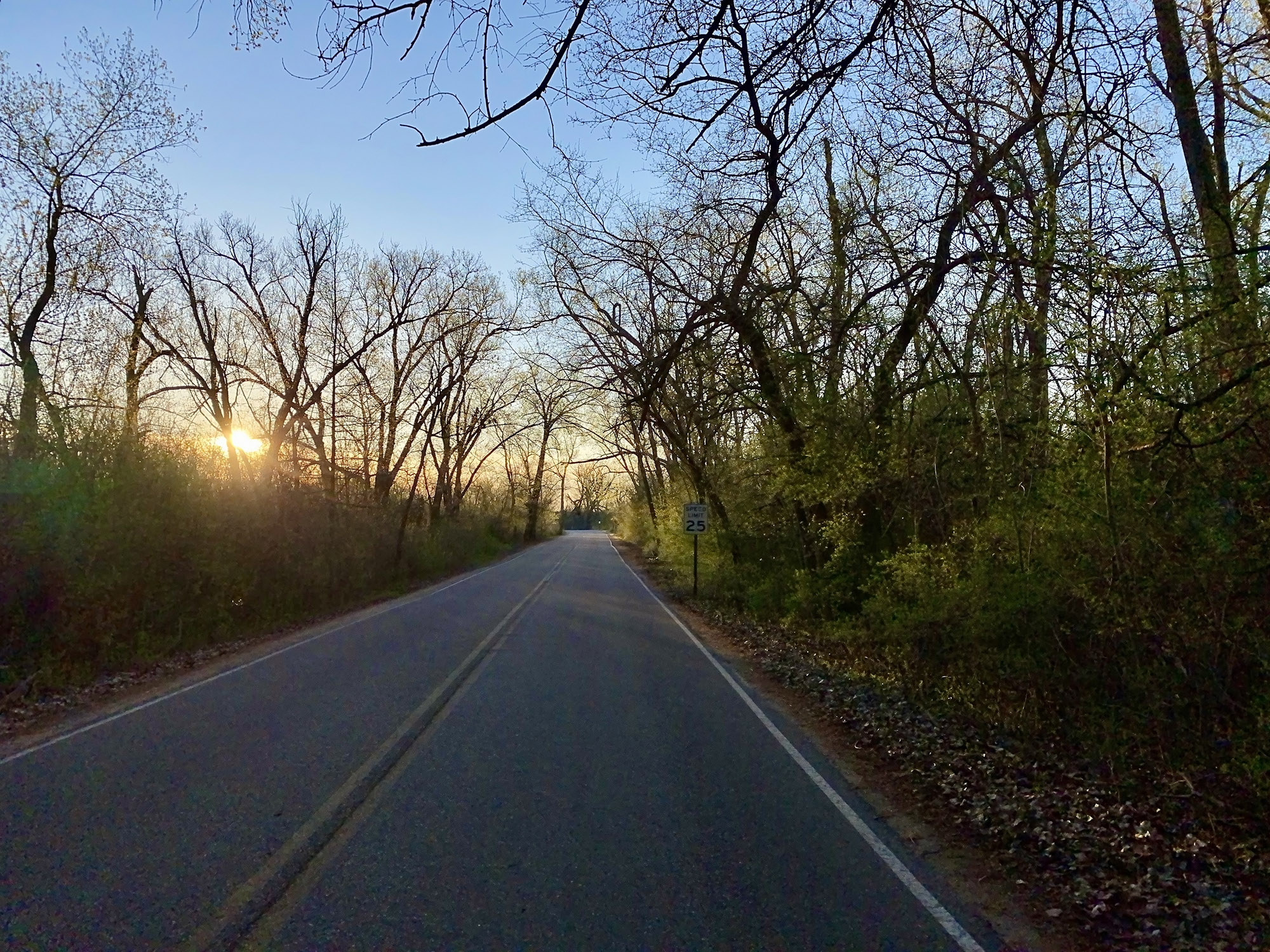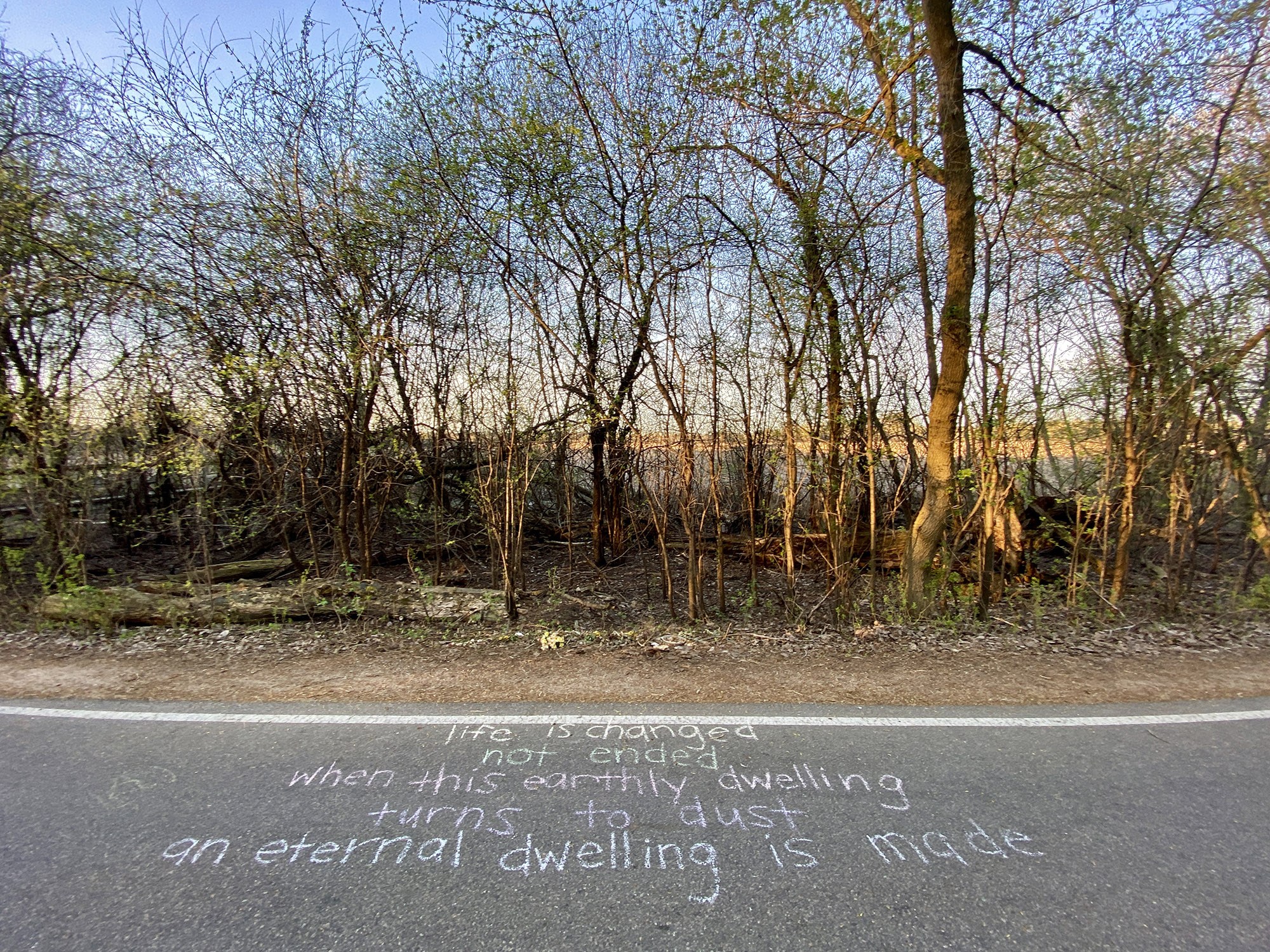“The promise of bringing medical recordkeeping into the digital age was to maintain a live record of a live patient, enabling clinicians to track patient care across hospital systems and over time. Instead, we’ve been saddled with systems that cut into patient care (clinicians typically spend an hour feeding documentation into a computer for every hour they spend with patients) and, often, are too fragmented to allow a patient’s file to follow her from one medical center to another. The E.M.R., as a colleague of mine put it, is “electronic in the same sense that your grandfather’s radio is electronic.” The energized, improvisatory role of medical Twitter inevitably draws attention to what our balky, billion-dollar systems should have been providing—to the cost, in dollars and lives, of the rapid clinical learning that we’ve forgone.
It’s hardly news that our E.M.R. systems have failed medicine, and yet an executive order from New York State, issued at the end of March by Governor Andrew Cuomo, amounted to a grim epitaph: “Health care providers are relieved of recordkeeping requirements to the extent necessary for health care providers to perform tasks as may be necessary to respond to the covid-19 outbreak. . . . Any person acting reasonably and in good faith under this provision shall be afforded absolute immunity from liability.” A system designed to expedite and improve the delivery of health care was officially recognized as an obstacle.
“When the tide goes out,” Warren Buffett once said, “you discover who has been swimming naked.” The pandemic has been merciless in what it has exposed. In many cases, the weaknesses in our medical system were ones that had already been the subject of widespread attention, such as the national scandal of health-care coverage that leaves millions of Americans uninsured. In others, they shouldhave been the subject of widespread attention, because we had plenty of warning. Again and again, in the past several weeks, we’ve heard of shortages—shortages of protective gear, of ventilators, of pharmaceuticals. Yet, even before the crisis, medicine was dealing with troubling scarcities of needed drugs and support systems. Last summer, long before the pandemic, pulmonologists were raising concerns about a lack of oxygen supplies—the result of cost-cutting measures by suppliers of durable medical equipment. Competitive-bidding programs drove margins down so low that more than forty per cent of such companies—responsible for the supply of portable oxygen tanks and concentrators—went out of business. Inventory diminished; delivery times increased. Patients suffered. Neeta Thakur, a pulmonologist and researcher at the University of California in San Francisco, told me about the byzantine process (involving “ten to fifteen disconnected steps”) that was required in order for a patient to receive oxygen at home—a patient who is then at the mercy of the intermittent delivery schedules of understocked venders. The problem builds into a failure cascade: if patients cannot be discharged from the hospital because they cannot have oxygen at home, the resultant logjam delays the treatment of other patients who need those beds for acute care.”
Yet, taxpayers have spent $38B+ (!) on back door electronic medical record subsidies since 2011…..













